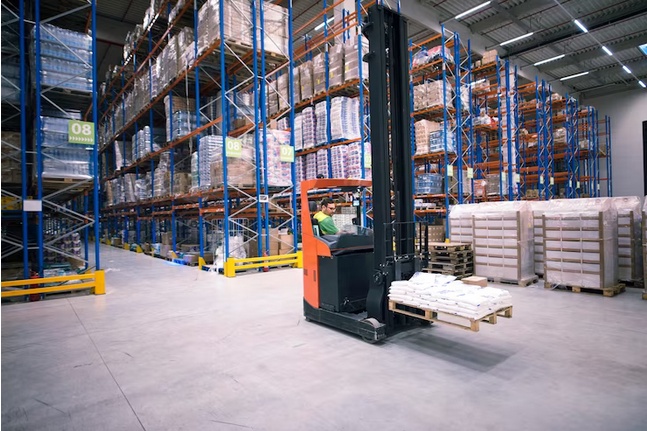Introduction:
Efficient utilization of warehouse space is crucial for businesses to optimize storage capacity, streamline operations, and increase productivity. Pallet racking systems play a vital role in achieving these goals. This comprehensive guide explores the benefits of warehouse pallet racking space and improving overall efficiency.
Benefits of Pallet Racking:
Increased Storage Capacity:
Pallet racking systems maximize vertical space utilization, allowing businesses to store goods in multiple levels. By utilizing the height of the warehouse effectively, companies can significantly increase their storage capacity without expanding the physical footprint. This is particularly advantageous for warehouses with limited floor space.
Easy Access to Goods:
Pallet racking systems provide easy accessibility to stored items. By organizing products on pallets and utilizing the vertical levels, forklifts or other handling equipment can quickly retrieve the desired pallet. This accessibility improves order picking efficiency and reduces the time and effort required to locate specific items.
Streamlined Inventory Management:
Efficient inventory management is essential for businesses to track stock, streamline operations, and meet customer demands. Pallet racking systems enable systematic organization and categorization of goods. With designated locations for different products, businesses can easily identify and manage inventory levels, reducing errors and improving overall inventory control.
Enhanced Warehouse Efficiency:
Pallet racking systems contribute to increased warehouse efficiency by optimizing space utilization and improving workflow. By implementing an organized racking system, businesses can reduce the time spent searching for items, minimize unnecessary movement within the warehouse, and enhance overall operational efficiency. This leads to improved order fulfillment and customer satisfaction.
Flexibility and Adaptability:
Pallet racking systems offer flexibility and adaptability to changing storage needs. The modular design allows for easy configuration and reconfiguration of the racks based on evolving inventory requirements. As businesses grow or introduce new products, the racking system can be modified to accommodate the changes, maximizing space utilization in line with specific needs.
Safety and Security:
Pallet racking systems prioritize safety and security in the warehouse environment. Sturdy racks with proper load-bearing capacity ensure the safe storage of goods, preventing accidents and damage. Additionally, businesses can implement safety measures such as rack protectors, safety barriers, and fire suppression systems to enhance warehouse safety.
Considerations for Implementing Pallet Racking:
Warehouse Layout and Dimensions:
Before implementing a pallet racking system, businesses should assess the layout and dimensions of the warehouse. Factors such as ceiling height, available floor space, and the layout of doors and aisles will determine the appropriate racking system and configuration.
Product Characteristics:
Consider the characteristics of the products being stored, including their weight, size, and fragility. Some products may require specialized racking systems or additional safety measures to ensure proper storage and protection.
Accessibility Requirements:
Analyze the frequency of stock rotation and the need for quick access to specific items. Different types of pallet racking systems, such as selective racking or drive-in racking, offer varying levels of accessibility. Choosing the right system based on the inventory's movement pattern is crucial for efficient operations.
Future Growth and Expansion:
Businesses should consider their future growth and expansion plans when selecting a pallet racking system. Opt for a system that allows for easy reconfiguration and scalability to accommodate future changes in inventory volume and product range.
Conclusion:
Maximizing warehouse space is essential for businesses to optimize storage capacity and enhance operational efficiency. Pallet racking systems offer numerous benefits, including increased storage capacity, easy accessibility to goods, streamlined inventory management, enhanced warehouse efficiency, flexibility, and safety. By considering warehouse layout, product characteristics, accessibility requirements, and future growth, businesses can select and implement the most suitable pallet racking system for their specific needs. Regular maintenance and safety inspections are crucial to ensure the longevity and reliability of the system. Implementing a well-designed and properly maintained pallet racking system empowers businesses to maximize their warehouse space, improve productivity, and achieve overall operational success.


No comments yet